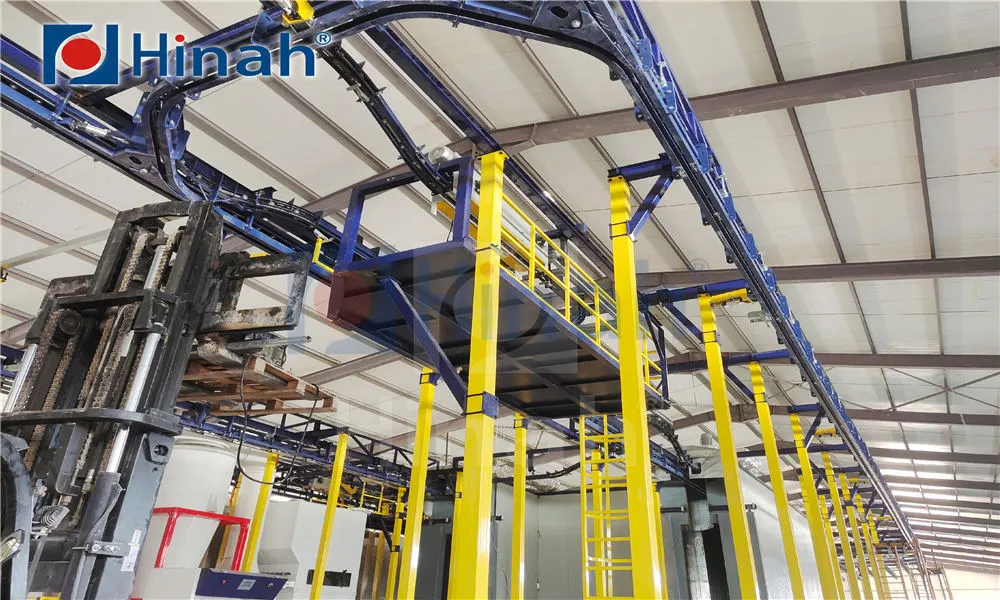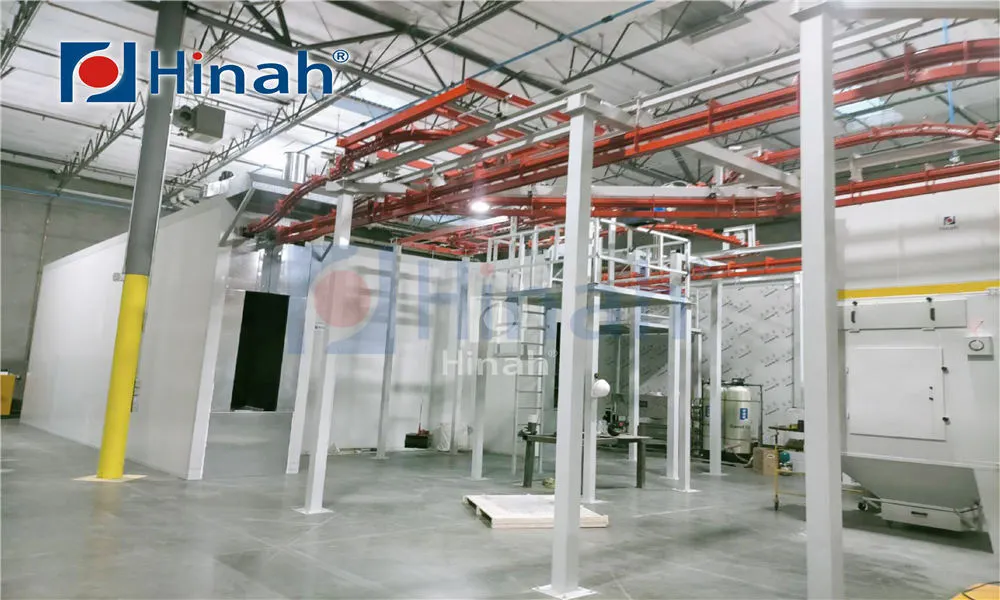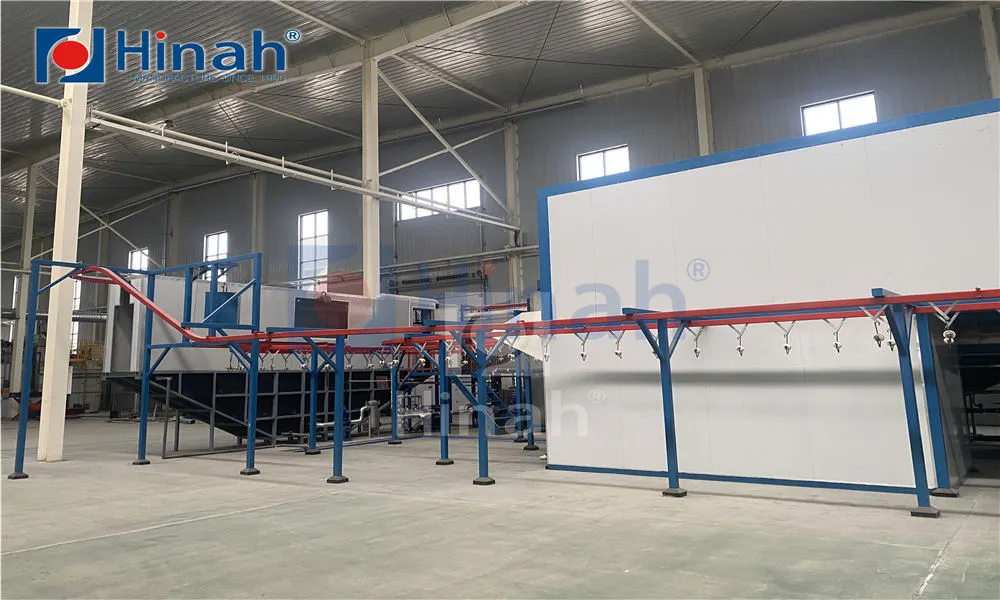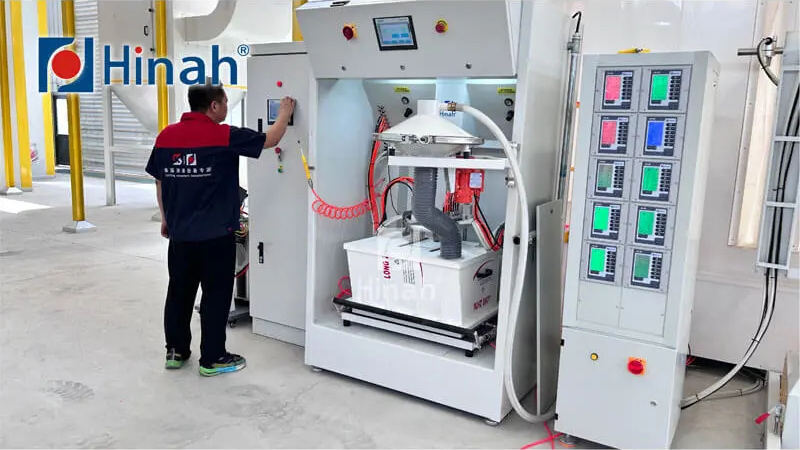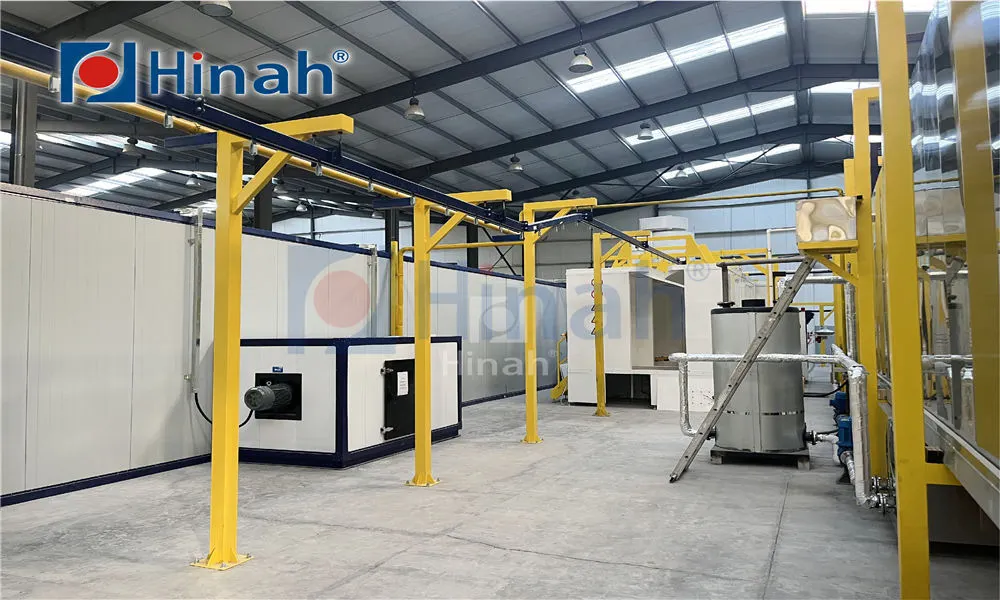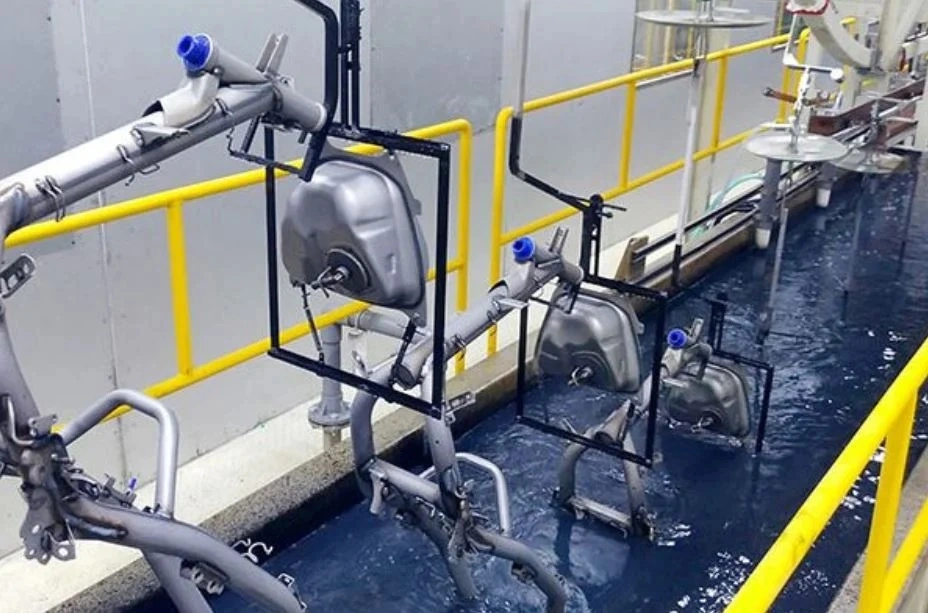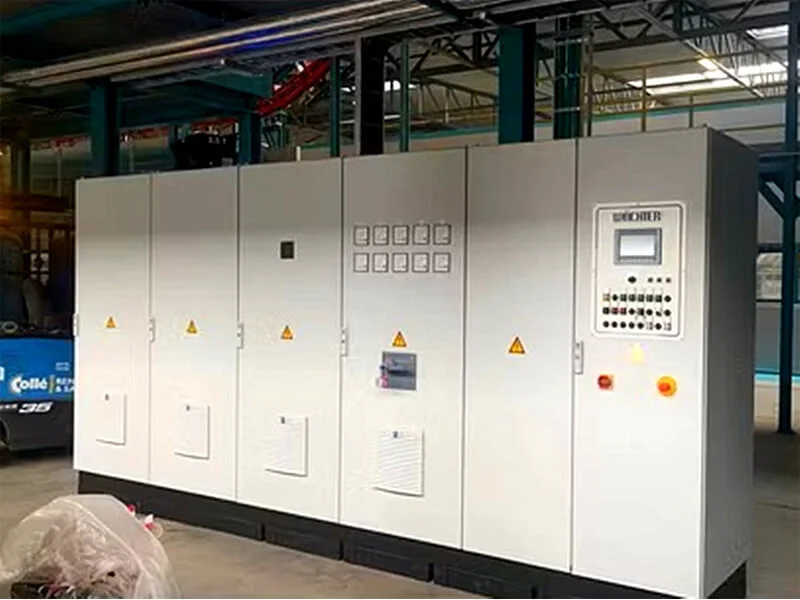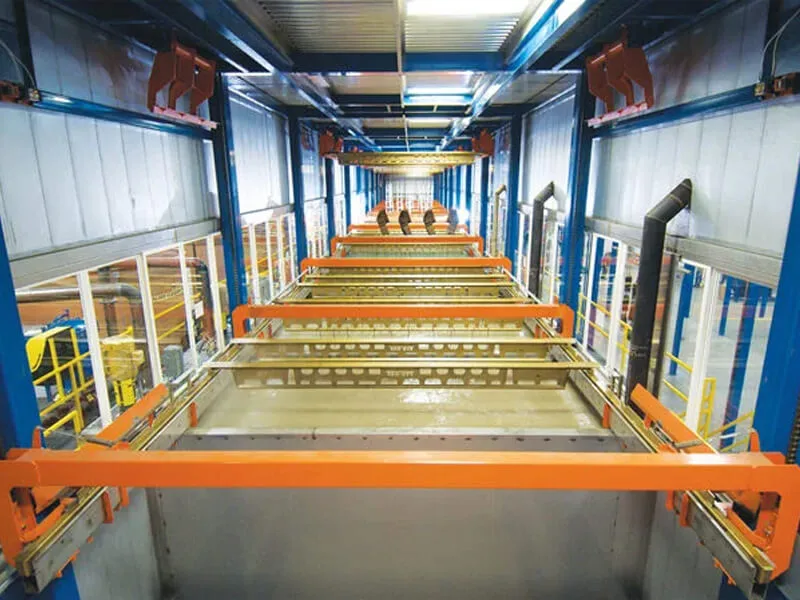Industrial powder coating equipment is a cornerstone of modern manufacturing, offering a durable, eco-friendly, and efficient method for applying protective and decorative finishes to various substrates. This process has gained widespread adoption across industries such as automotive, aerospace, and consumer goods due to its superior performance compared to traditional liquid coatings. In this article, we will delve into the intricacies of powder coating manufacturing, explore different powder coating systems, analyze powder coating machine cost factors, and examine the specialized plastic powder coating process. Additionally, we will address common challenges faced in this field and provide practical solutions. By understanding these aspects, businesses can optimize their operations and make informed decisions when investing in industrial powder coating equipment.
The global market for powder coating continues to expand, driven by advancements in technology and increasing environmental regulations. Unlike solvent-based coatings, powder coatings emit minimal volatile organic compounds (VOCs), making them a sustainable choice. However, achieving optimal results requires a thorough grasp of the equipment and processes involved. From small-scale workshops to large industrial facilities, the right industrial powder coating equipment can significantly impact productivity, quality, and profitability. Let’s begin by exploring the fundamentals of powder coating manufacturing and how it integrates with modern industrial demands.
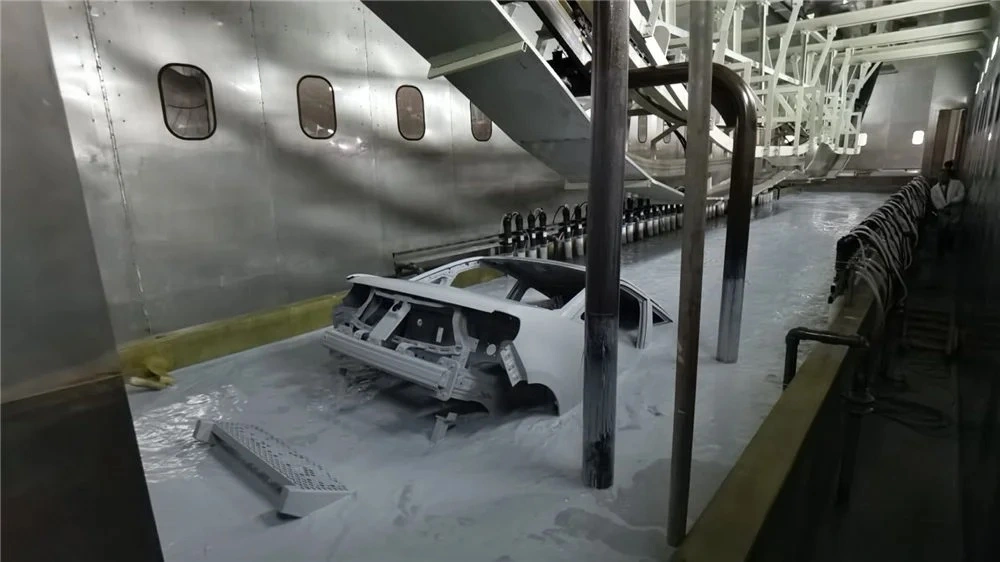
Understanding Powder Coating Manufacturing
Powder coating manufacturing involves a multi-step process that transforms raw materials into a fine, dry powder applied to surfaces through electrostatic attraction. This method ensures a uniform, high-quality finish that is resistant to corrosion, scratches, and fading. The manufacturing cycle typically starts with surface preparation, where the substrate is cleaned and pre-treated to remove contaminants like oil, rust, or debris. This step is critical for adhesion and longevity. Next, the powder is applied using industrial powder coating equipment, such as spray guns, which charge the particles electrostatically. The coated object then enters a curing oven, where heat causes the powder to melt and form a continuous film.
In powder coating manufacturing, efficiency and consistency are paramount. Modern facilities leverage automated systems to handle high volumes while maintaining precision. For instance, conveyorized setups allow for continuous processing, reducing downtime and labor costs. The choice of powder—whether epoxy, polyester, or hybrid—also plays a key role in determining the final properties, such as gloss level or UV resistance. Moreover, powder coating manufacturing emphasizes waste reduction; oversprayed powder can often be collected and reused, minimizing material loss. As industries strive for greener practices, this aspect makes powder coating an attractive option. However, challenges like uneven application or contamination can arise, which we will discuss later. By investing in reliable industrial powder coating equipment, manufacturers can streamline their operations and achieve superior outcomes.
Exploring Powder Coating Systems
Powder coating systems encompass the entire setup required for applying and curing powder coatings, ranging from manual booths to fully automated lines. These systems are designed to cater to diverse production needs, and selecting the right one depends on factors like volume, substrate type, and budget. Common types include manual systems, where operators handle spray guns, and automated systems, which use robots for consistent application. Another variant is the compact system, ideal for small spaces or low-volume production. Each system integrates key components such as spray guns, powder feeders, recovery units, and curing ovens.
In industrial powder coating equipment, the electrostatic spray gun is the heart of the system. It imparts an electrical charge to the powder particles, enabling them to adhere to grounded objects. Advanced guns feature adjustable settings for voltage and flow, allowing operators to fine-tune the application for complex geometries. Powder coating systems also include booths equipped with ventilation and filtration to contain overspray and maintain a clean work environment. Recovery systems, like cyclones or cartridge filters, reclaim excess powder for reuse, enhancing cost-efficiency. For high-throughput facilities, conveyorized powder coating systems ensure seamless movement of parts through pre-treatment, application, and curing stages. This integration reduces human error and boosts productivity. When evaluating powder coating systems, it’s essential to consider compatibility with existing workflows and future scalability. By understanding these systems, businesses can maximize the benefits of their industrial powder coating equipment.
Analyzing Powder Coating Machine Cost
Powder coating machine cost is a significant consideration for any business planning to adopt or upgrade their coating capabilities. The price range varies widely, from a few thousand dollars for basic manual setups to over $100,000 for fully automated lines. Several factors influence the cost, including system type, automation level, brand, and additional features. For example, a simple manual booth with a spray gun and small oven might cost between $5,000 and $15,000, while an automated system with robotics and advanced recovery can exceed $50,000. It’s crucial to assess not only the initial investment but also long-term expenses like maintenance, energy consumption, and powder materials.
When budgeting for industrial powder coating equipment, consider the return on investment (ROI). Automated systems, though pricier, often lead to lower labor costs and higher output, justifying the expense over time. Powder coating machine cost also depends on the scale of operations; larger systems designed for mass production may require custom engineering, adding to the upfront cost. Additionally, factors like energy-efficient ovens or eco-friendly components can impact pricing but offer savings in the long run. To manage costs, some companies opt for leasing or financing options. It’s advisable to request quotes from multiple suppliers and evaluate the total cost of ownership, including installation and training. By understanding these financial aspects, businesses can make strategic decisions that align with their goals and budget constraints.
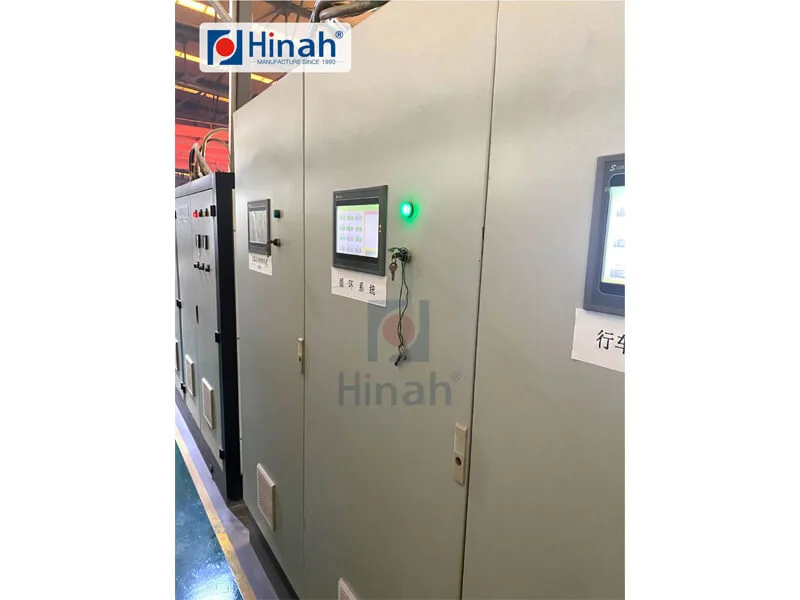
The Plastic Powder Coating Process
The plastic powder coating process is a specialized application of powder coating tailored for plastic substrates, which are increasingly used in industries like electronics, furniture, and automotive. Unlike metals, plastics require careful handling due to their sensitivity to heat and electrostatic properties. The process begins with substrate selection; common plastics include ABS, polypropylene, and nylon, each with unique characteristics. Surface preparation is critical and often involves chemical etching or plasma treatment to improve adhesion. Then, using industrial powder coating equipment, a low-temperature powder is applied electrostatically. The curing phase uses controlled heat to melt the powder without deforming the plastic, typically at temperatures below 120°C.
This plastic powder coating process offers advantages such as enhanced aesthetics, improved durability, and resistance to chemicals and impact. However, it poses challenges like thermal degradation or poor adhesion if not executed properly. To mitigate these issues, manufacturers use infrared ovens for rapid, uniform curing and select powders formulated for plastics. The process also integrates quality checks, such as adhesion tests and thickness measurements, to ensure consistency. In powder coating manufacturing, adapting the plastic powder coating process requires expertise in material science and equipment calibration. By leveraging advanced industrial powder coating equipment, companies can achieve vibrant finishes on plastic parts while maintaining structural integrity. This approach opens up new possibilities for lightweight, eco-friendly products in the market.
Common Problems in Powder Coating and How to Solve Them
Despite its advantages, powder coating can encounter issues that affect finish quality and efficiency. Common problems include orange peel (a textured surface resembling orange skin), poor adhesion, pinholes, and uneven coverage. These often stem from factors like improper surface preparation, incorrect gun settings, or environmental conditions. For instance, in powder coating manufacturing, humidity can cause powder clumping, leading to defects. Similarly, in the plastic powder coating process, overheating might result in substrate warping.
To address these challenges, start with thorough training for operators on using industrial powder coating equipment. Regular maintenance of guns and ovens is essential to prevent malfunctions. For orange peel, adjust the gun’s voltage or powder flow rate and ensure proper curing temperatures. Poor adhesion can be resolved by enhancing pre-treatment steps, such as using phosphate coatings for metals. In powder coating systems, implementing real-time monitoring and automated controls can detect issues early. Additionally, consult with suppliers for powder recommendations based on the substrate. By proactively managing these problems, businesses can minimize downtime and achieve consistent, high-quality results. Remember, investing in reliable industrial powder coating equipment and staying updated on best practices is key to long-term success.
Industrial powder coating equipment plays a vital role in modern manufacturing, offering a sustainable and efficient solution for surface finishing. From powder coating manufacturing to specialized processes like plastic powder coating, this technology enables businesses to produce durable, attractive products while reducing environmental impact. Understanding powder coating systems and powder coating machine cost helps in making informed investments that balance performance and budget. Although challenges exist, they can be overcome with proper knowledge and equipment maintenance. As industries evolve, embracing advancements in industrial powder coating equipment will continue to drive innovation and competitiveness. Whether you’re a small shop or a large corporation, leveraging these insights can transform your coating operations and deliver exceptional value.


